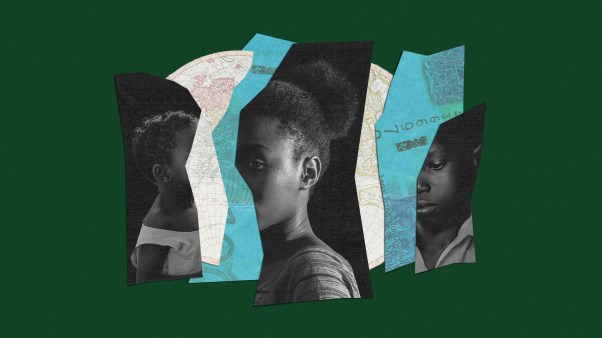To Raise a Family: Early Puritans lived in one-room mud homes with thatched roofs. By the mid 1600s, two story wooden houses could be erected. Inside Puritan homes were the activities of a “little commonwealth”: business, education, worship, and caring for one another. As one leading Puritan put it, “Families are the nurseries for church and commonwealth; ruin families and ruin all.”
To Worship: The first meeting house of West Springfield, Massachusetts, built in 1702. Early meeting houses also held town meetings and housed gunpowder. By 1726, Cotton Mather wrote that almost every town in New England had “a modest and handsome house for the worship of God, not set off with gaudy, pompous, theatrical fineries, but suited unto the simplicity of Christian worship.”
To Govern: Boston’s first Town House (city hall) was built in 1657. Here, justice was administered. For example, it was an offense to declare a minister’s sermon uninspiring or to walk in the garden on Sunday. Punishments for serious crimes: public ridicule in stocks, cutting off ears, slitting noses, boring holes in tongues, whipping, and hanging.
Rugged Wilderness: Early Puritan colonists stayed near the coast, for generally it was easier to travel by sea than by land. The interior was thick, unknown wilderness, populated with Indian tribes (see small caps on map). Moving even 100 miles west was like moving to a wild, far-away frontier.
To Learn: Harvard College in 1638, two years after its founding. Puritan society was now complete. The opening paragraph of Harvard’s first commencement program reads, “After God carried us safe to New England, and wee had builded our houses … rear’d convenient places for God’s worship, and setled the Civill government: One of the next things we longed for … was to advance Learning and perpetuate it to Posterity; dreading to leave an illiterate Ministery to the Churches, when our present Ministers shall lie in the dust.”
Copyright © 1994 by the author or Christianity Today/Christian History magazine. Click here for reprint information on Christian History.










